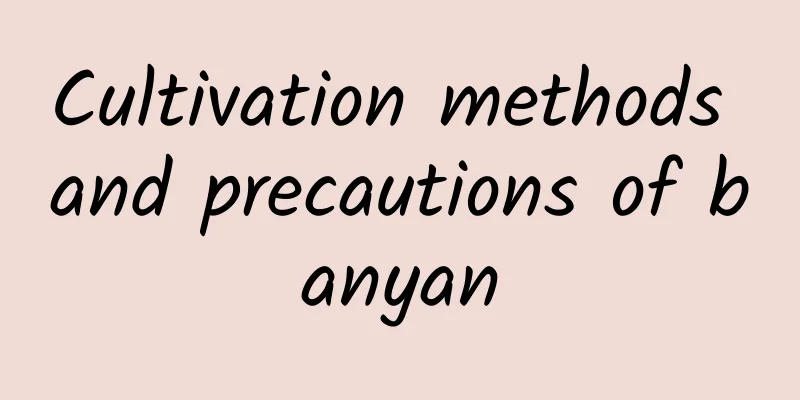How to propagate lisianthus by cuttings

Lisianthus cuttings: material selectionYou should choose the part of the lisianthus with strong division ability, preferably the stem under the second pair of leaves below the heart leaf after jointing, because the division ability is stronger, so it is very important to choose the cuttings. The stems below the first pair of leaves under the heart leaves are relatively delicate and have higher requirements for nutrients, so the survival rate is slightly lower. It is best to choose cuttings with only one pair of leaves, which will also increase the survival rate. Eustoma cuttings: cutting processingCut the cuttings obliquely into small sections containing a pair of leaves. The purpose of oblique cutting is to increase the meristem area of the cutting. Then cut each leaf in half, because when the cuttings are first planted, they have no roots and the nutrients they need are all stored. Cutting half of the leaves can reduce the consumption of nutrients and is more conducive to rooting. But you cannot cut off all the leaves, otherwise the cuttings will not be able to carry out photosynthesis and produce nutrients. Eustoma cuttings: preparing the substrateThe substrate should be slightly alkaline, with a pH value of 6-6.5. You can use peat plus some vermiculite and perlite, add some carbendazim and stir, then disinfect the substrate to prevent the growth of bacteria. Before sowing, water the substrate thoroughly to keep it moist. Lisianthus cuttings: specific stepsFirst, use chopsticks or a wooden stick to poke a small hole in the potting soil, put the cuttings in, then compact the potting soil with your hands and water it thoroughly. Cover with film or a transparent lid and poke a few small holes on it for ventilation. Place the pot in a bright but cool area that will receive direct sunlight in winter and early spring. After 10 days, you can remove the film or plastic cover. The cuttings will take root in 3-5 weeks. When they have taken root to a certain extent, new buds will begin to sprout from the above-ground parts. When the new shoots grow a second pair of leaves, they can be transplanted and normal maintenance can be carried out at this time. |
>>: How to propagate Epiphyllum
Recommend
How to propagate Pyracantha
Seed propagation Pyracantha can be propagated by ...
How to care for newly bought Cymbidium
1. Lighting Cymbidium orchids like light. After y...
Cultivation methods and precautions of Baolian Denghua
The cardinal trumpet plant, whose scientific name...
How to water the newly potted Dendrobium? Can I soak the pot when watering?
1. How to water 1. Frequency: It is best to water...
How to plant strawberry seeds
1. Preparation before germination Before sowing, ...
How to propagate Phlox
Growth habit Phlox likes a high temperature and h...
What is the best month to plant greenhouse strawberries? When is the best time to plant them?
Which month is suitable for planting greenhouse s...
How to grow the weeping angel in water
1. Hydroponic method 1. Advance preparation: Befo...
How to water Podocarpus
How to water Podocarpus Podocarpus is not very de...
How many days does the carrot growing period last?
The growth process of carrots starts with sowing ...
Can honeysuckle leaves be soaked in water to drink? What are the effects and functions of soaking leaves in water?
1. Can the leaves be soaked in water and drunk? O...
When/how/how/how much water/frequency should you use to water bluebells?
1. Watering time Watering of bellflowers is gener...
How to cultivate monk fruit
1. Maintenance methods 1. Temperature: It can be ...
Cultivation methods and precautions of small green vegetables
1. Soil The root system of green cabbage is relat...
Sunflower transplanting precautions Potted sunflower transplanting time and method
Sunflowers will germinate a week after sowing. At...









